Advertisement
Local scientists, fisheries and weather forecasters feeling impact of NOAA cuts

Staff and budget cuts are fraying local offices of the National Oceanic and Atmospheric Administration, according to several scientists inside the agency. The cuts are already leading to degraded weather forecasts and adding chaos to commercial fisheries.
And they said additional cuts proposed by the Trump administration could throw New England commercial fisheries, scientific research and weather forecasting into further disarray, threatening lives and livelihoods throughout the region.
Current NOAA employees describe a “grim” and “chaotic” atmosphere: contracts cancelled without warning; colleagues fired, rehired and fired again; and a brief lapse in a janitorial contract that led to an email request that staffers clean the restrooms.
“It’s just crazy stuff like that,” said one current NOAA employee in Massachusetts. WBUR agreed not to use his name due to concerns that speaking to the media could impact his job. “There’s no rhyme or reason to any of it.”
Fisheries feeling it first
Nationwide, NOAA has lost over 2,000 staff members — about 20% of its workforce — to layoffs, buyouts and early retirement packages since January, according to the Cambridge-based advocacy group the Union of Concerned Scientists.
Local fisheries are among the first groups to feel the ripple effects. The Northeast Fisheries Science Center, which collects data on ocean conditions and the health of fish populations, has lost 27% of its staff since President Trump took office.
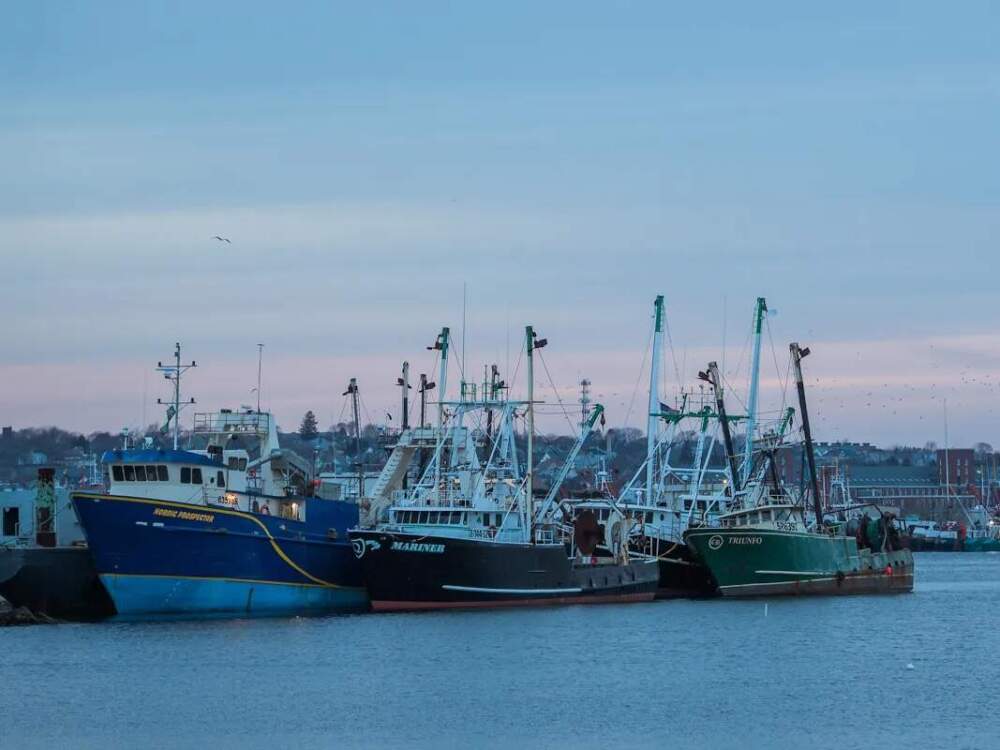
The staffing cuts have already led to delays and changes to this years’ annual assessments, which track fish populations and help regulators set quotas and catch limits. Research work for monkfish and winter flounder beyond 2025 has been paused, according to a bulletin from NOAA Fisheries.
“We presently lack the needed certainty with the assessment schedule beyond 2025 to proceed with these efforts,” it stated.
Additional cuts under consideration will “create further challenges to rebuilding important stocks like Atlantic cod,” said Elizabeth Etrie, director of Ocean Policy at the Conservation Law Foundation. “Fishing communities that depend on NOAA’s data and scientific output stand to lose vital information. And the management of the fisheries would be much more chaotic.”
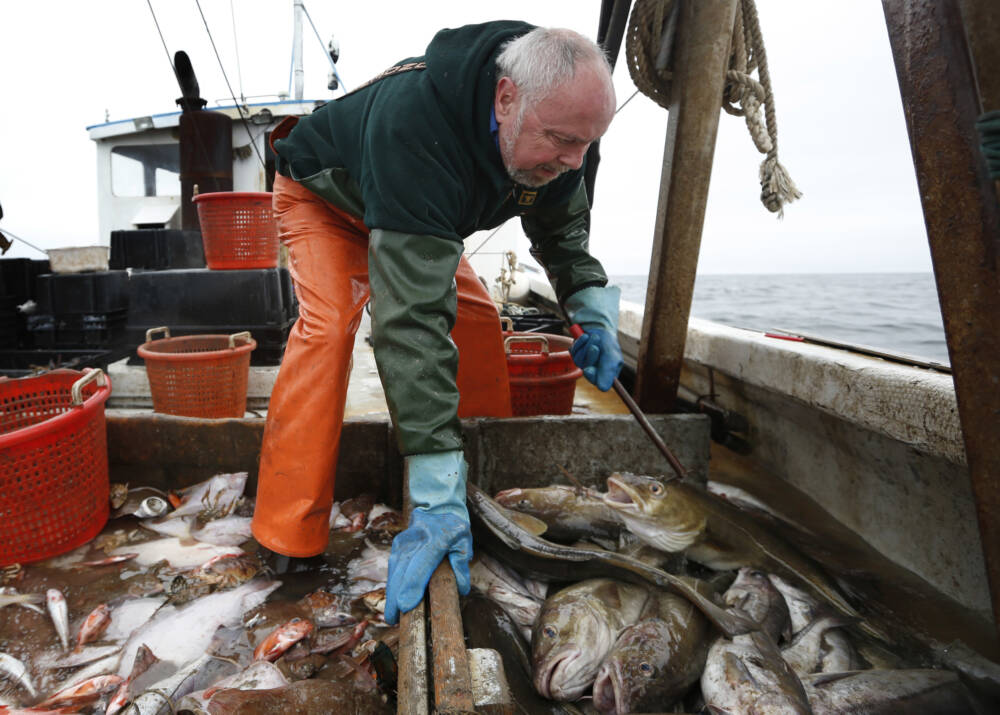
Many members of New England’s commercial fishing industry have voiced support for Trump's plans to roll back regulations and scuttle the nascent offshore wind industry. But experts said ongoing uncertainty and confusion will likely lead to lower catch limits and quotas for local fishermen, at least in the short term.
Weather forecasting is getting less accurate
Beyond the loss of staff, the Trump administration has proposed cutting more than $1.5 billion from NOAA’s budget, eliminating many climate research and grant programs.
The cuts focus on programs “which are not aligned with Administration policy ending ‘Green New Deal’ initiatives” and which “have pushed agendas harmful to America's fishing industries.”
Many current and former NOAA scientists, as well as scientists who use the agency’s data, say that staff and spending cuts are undermining NOAA’s data collection and weather forecasting, with potentially dire consequences for coastal residents.
Tim Gallaudet, a former NOAA acting and deputy administrator under the first Trump administration, said that the agency’s global weather model is already less accurate. That program informs regional weather models, which are used to deliver forecasts to the public.
Advertisement
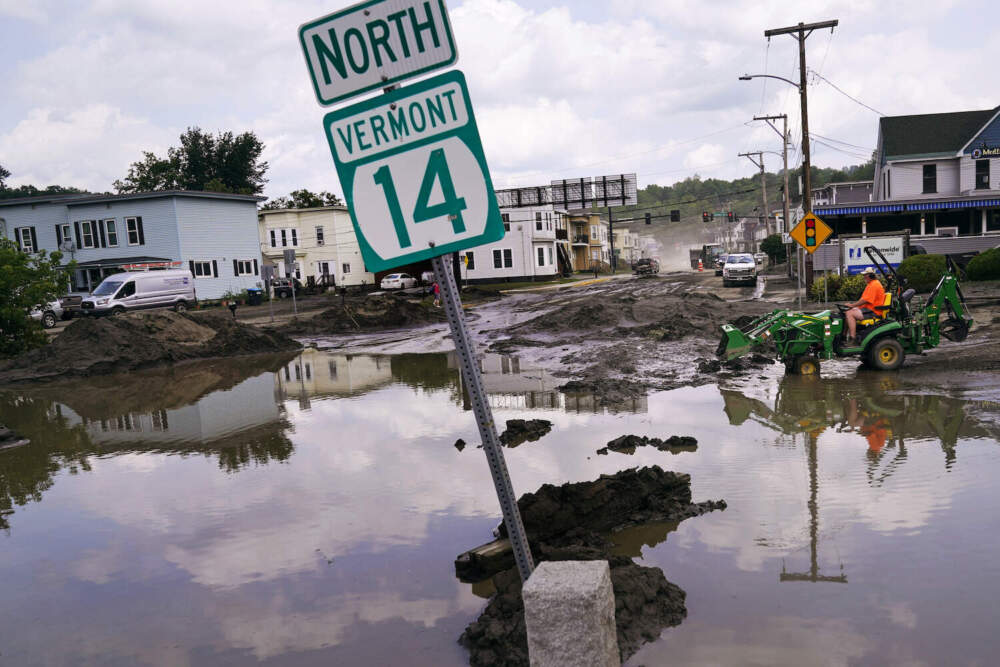
Gallaudet said staff shortages were a problem under the first Trump administration, which he worked to address through partnerships with universities. But now, he said, that plan seems to be failing.
“The cuts to budget and personnel are really impacting the quality of service, and this is life and death information that they put out,” he said.
That has Kerry Emanuel, a professor emeritus of atmospheric science at MIT, worried about the future of reliable weather forecasting, especially with life-threatening storms. Over the past 40 years, he says he’s seen improvements in modeling that would likely be curtailed under the proposed cuts to the National Weather Service, which is overseen by NOAA.
“A few hours of an edge in forecasting a major snowstorm for a place like Boston can save money and often lives. And it would be really a shame to see that erode,” he said.
“It's just completely reckless and misguided to be cutting the very data that go into these forecasting systems,” said Jennifer Francis, a climate scientist at the Woodwell Climate Research Center in Falmouth.
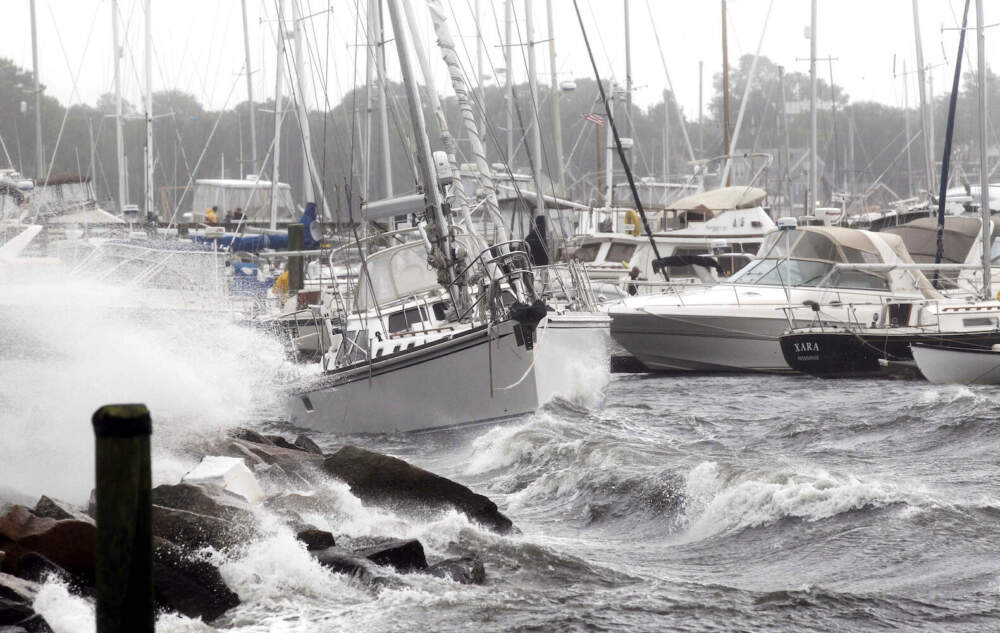
“It's not saving money,” she said. “It’s been estimated that for every dollar spent on the National Weather Service, about $73 are saved. NOAA’s budget is about $6.8 billion and it's been estimated that its work saves about $5 billion per hurricane.”
Billion-dollar weather disasters have increased in the United States in recent years as climate change contributes to more intense hurricanes, rainstorms and wildfires.
Massachusetts saw eight weather and climate disasters with a billion-plus dollar price tag in the last three years, according to a NOAA database that tracks these events. And since 1980, winter and severe storms have made up the majority of these high-cost disasters.
Boston shelled out over $40 million responding to 2015’s ‘Snowmageddon’ winter, more than twice its annual snow removal budget. Statewide, the total costs racked up to $167 million.
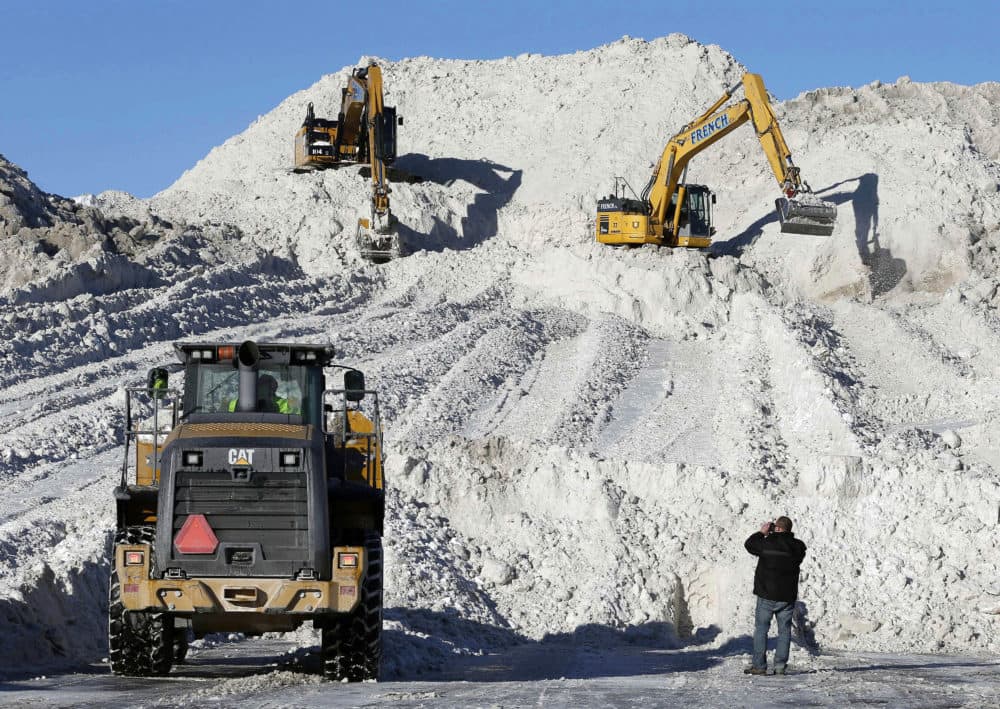
Another recent casualty of NOAA budget cuts is the billion dollar disaster database itself. The Trump administration will no longer update the data due to “evolving priorities, statutory mandates, and staffing changes.”
Loss of data will leave communities ‘flying blind’
An internal budget memo details plans to scale back on NOAA’s satellite monitoring and climate modeling, and eliminate all funding for the regional ocean observing system, what one NOAA scientist called “the bedrock of ocean observing in the region.”
This system of buoys collects critical scientific data on ocean temperature, salinity, acidity and oxygen levels, which alerts officials to harmful algal blooms and other water quality concerns. The system also provides real-time weather data and forecasts so boats can operate safely.
The system is vital for identifying threats to wildlife and humans, said Anne-Marie Runfola, executive director of the nonprofit Center for Coastal Studies. The data is also used in long-term research on climate change, ecosystems and wildlife.
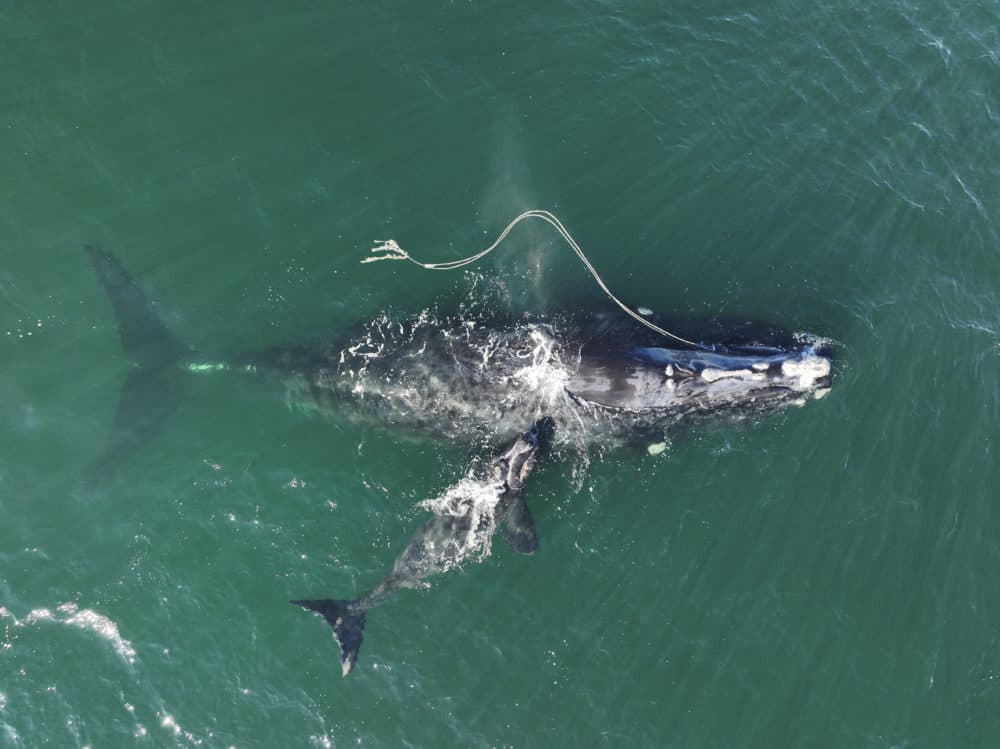
NOAA grants also support some of the center’s work with right whales, Runfola said. Their funding is safe at the moment, but “losing federal support would severely impact our ability to disentangle whales that are caught in fishing gear,” she said.
Many local communities rely on NOAA data on sea level rise, atmospheric change, and other climate measurements to plan for natural disasters and the increased coastal flooding driven by climate change. Without this information, communities will be “flying blind,” said Rachel Cleetus, a policy director at the Cambridge-based Union of Concerned Scientists.
“Losing this kind of information is harmful to our economy. It can cost lives. It's crucial for local decision makers, for communities around the country, for farmers, for businesses, for mariners,” she said. “This administration should not be allowed to dismantle something that’s such a valuable public good.”

MIT’s Emanuel acknowledged that NOAA could be made more efficient. But he said the Trump administration’s plan to reduce essential services is the wrong approach.
“They're cutting into bone and muscle when they should be cutting into fat,” Emanuel said. Streamlining operations and saving money “requires deep understanding of the organization and deep consultation with people who understand it, not just this algorithmic chainsaw that's going on at the moment.”
The “slash and burn” approach to agency cuts is self-defeating, said former NOAA chief Gallaudet. “A more informed, deliberate approach would do well for American taxpayer dollars. And without sacrificing important services to the public.”
This segment aired on May 13, 2025.

